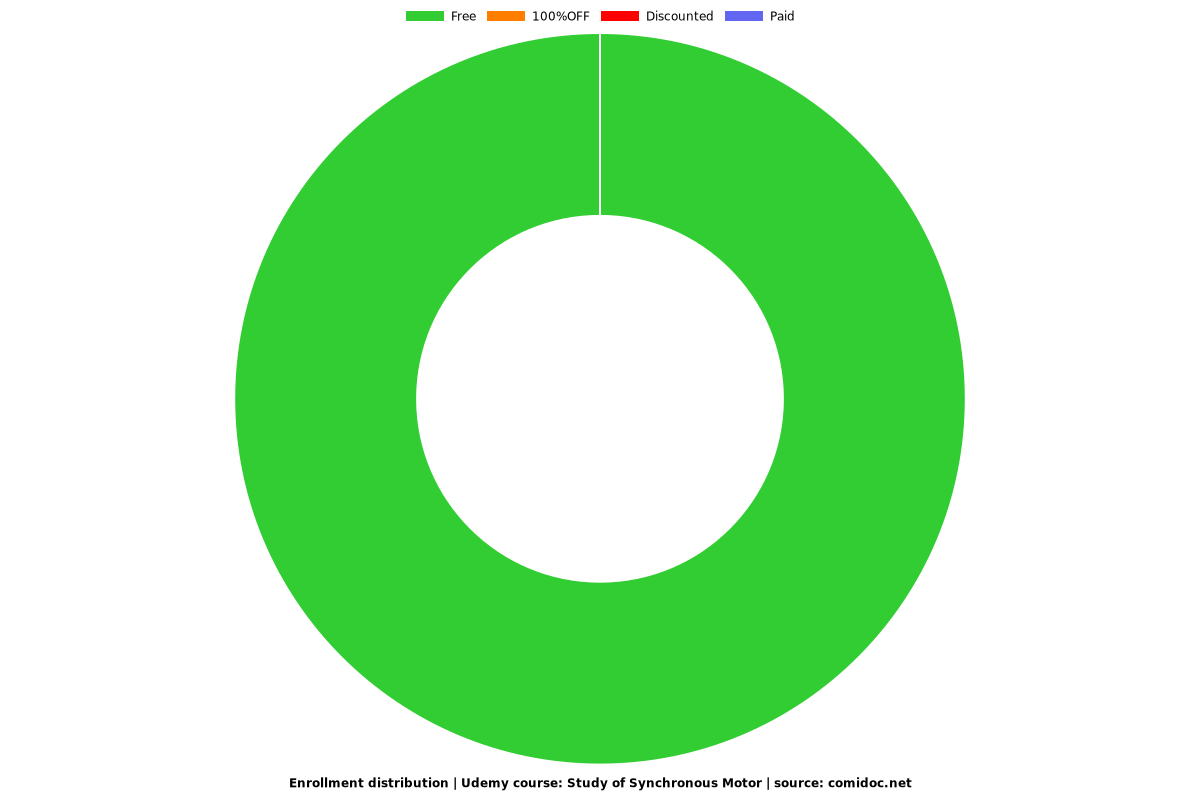Study of Synchronous Motor
Detailed Study of Synchronous Motor
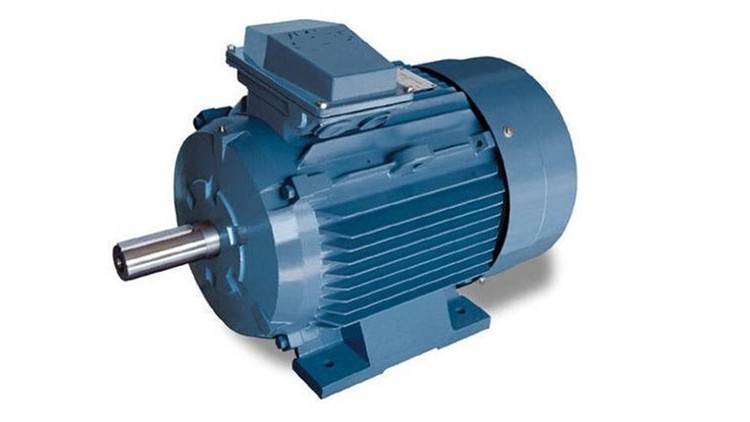
What you will learn
Any Engineering student or faculty
Why take this course?
· A synchronous electric motor is an AC motor in which, at steady state, the rotation of the shaft is synchronized with the frequency of the supply current.
· The rotation period is exactly equal to an integral number of AC cycles.
· Synchronous motors contain multiphase AC electromagnets on the stator of the motor that create a magnetic field which rotates in time with the oscillations of the line current.
· The rotor with permanent magnets or electromagnets turns in step with the stator field at the same rate and as a result, provides the second synchronized rotating magnet field of any AC motor.
· A synchronous motor is termed doubly fed if it is supplied with independently excited multiphase AC electromagnets on both the rotor and stator.
· The synchronous motor and induction motor are the most widely used types of AC motor.
· The difference between the two types is that the synchronous motor rotates at a rate locked to the line frequency since it does not rely on current induction to produce the rotor's magnetic field.
· The induction motor requires slip: the rotor must rotate slightly slower than the AC alternations in order to induce current in the rotor winding.
· Small synchronous motors are used in timing applications such as in synchronous clocks, timers in appliances, and precision servomechanisms in which the motor must operate at a precise speed; speed accuracy is that of the power line frequency, which is carefully controlled in large interconnected grid systems.
· Synchronous motors are available in self-excited sub-fractional horsepower sizes to high power industrial sizes.
· In the fractional horsepower range, most synchronous motors are used where precise constant speed is required.
· These machines are commonly used in analog electric clocks, timers and other devices where correct time is required.
· In higher power industrial sizes, the synchronous motor provides two important functions. First, it is a highly efficient means of converting AC energy to work. Second, it can operate at leading or unity power factor and thereby providing power-factor correction.
Screenshots
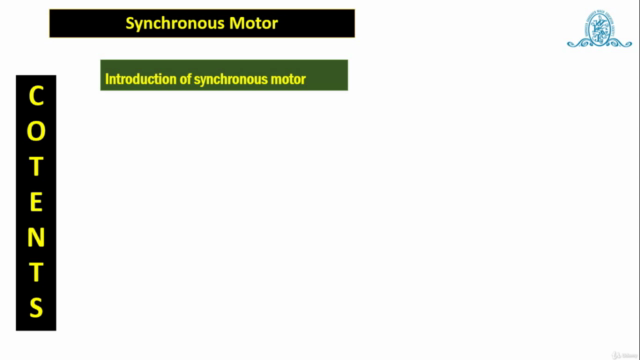
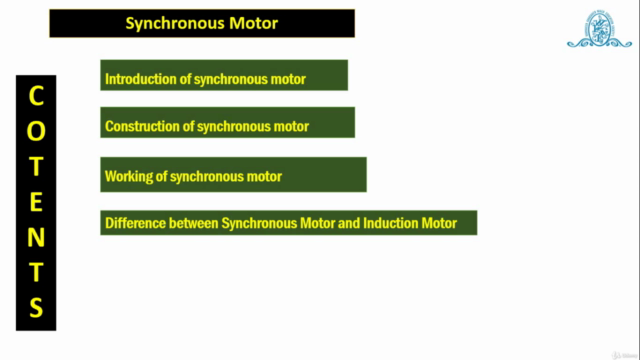
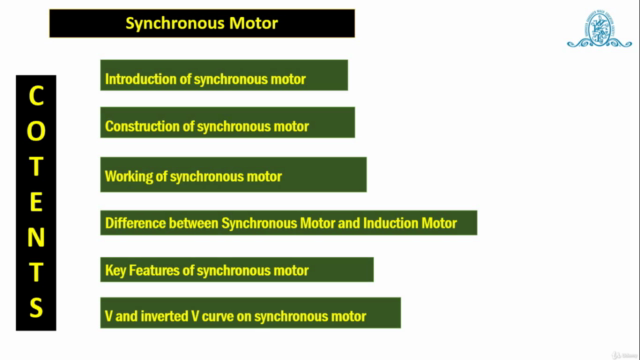
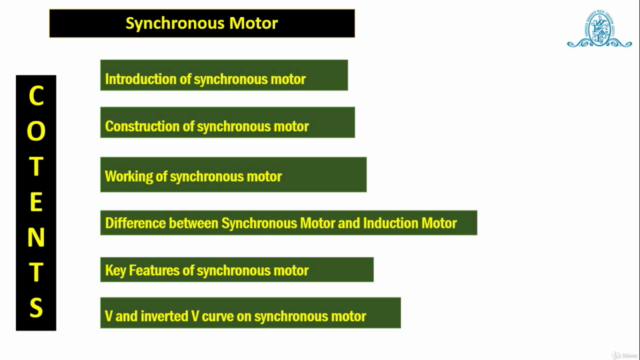
Charts
Price
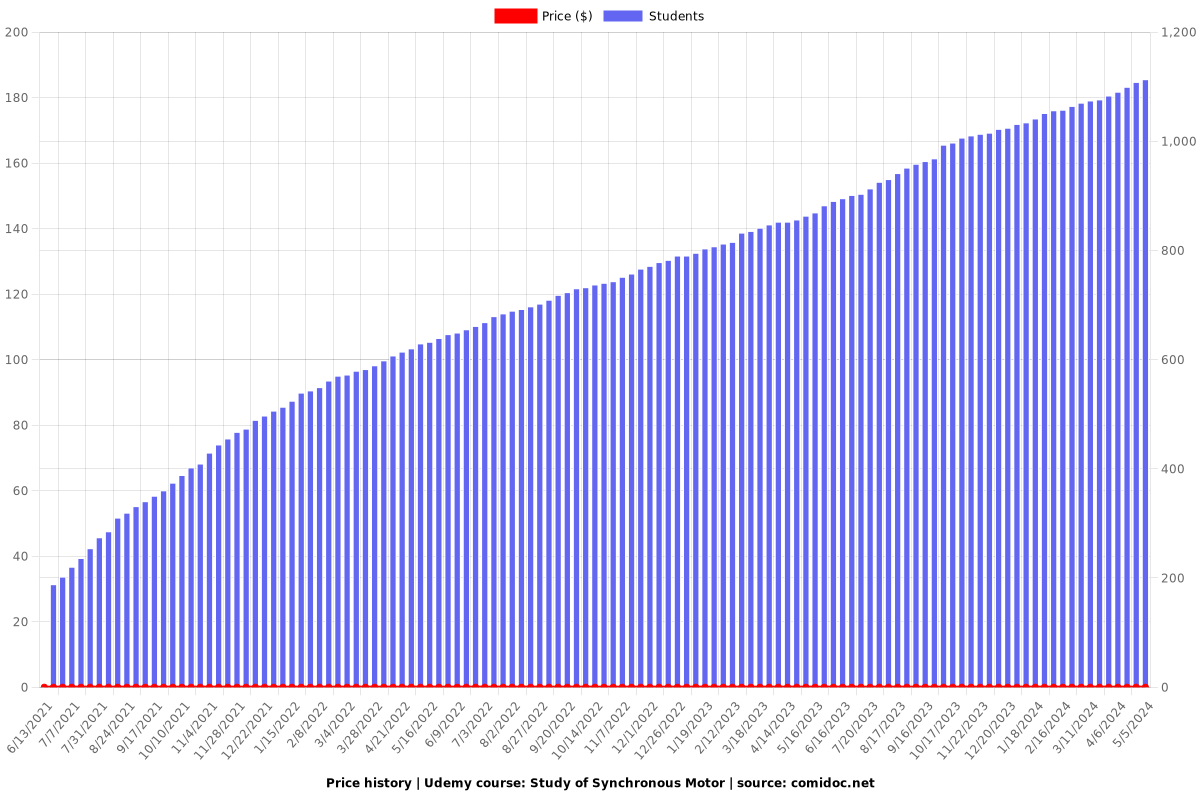
Rating
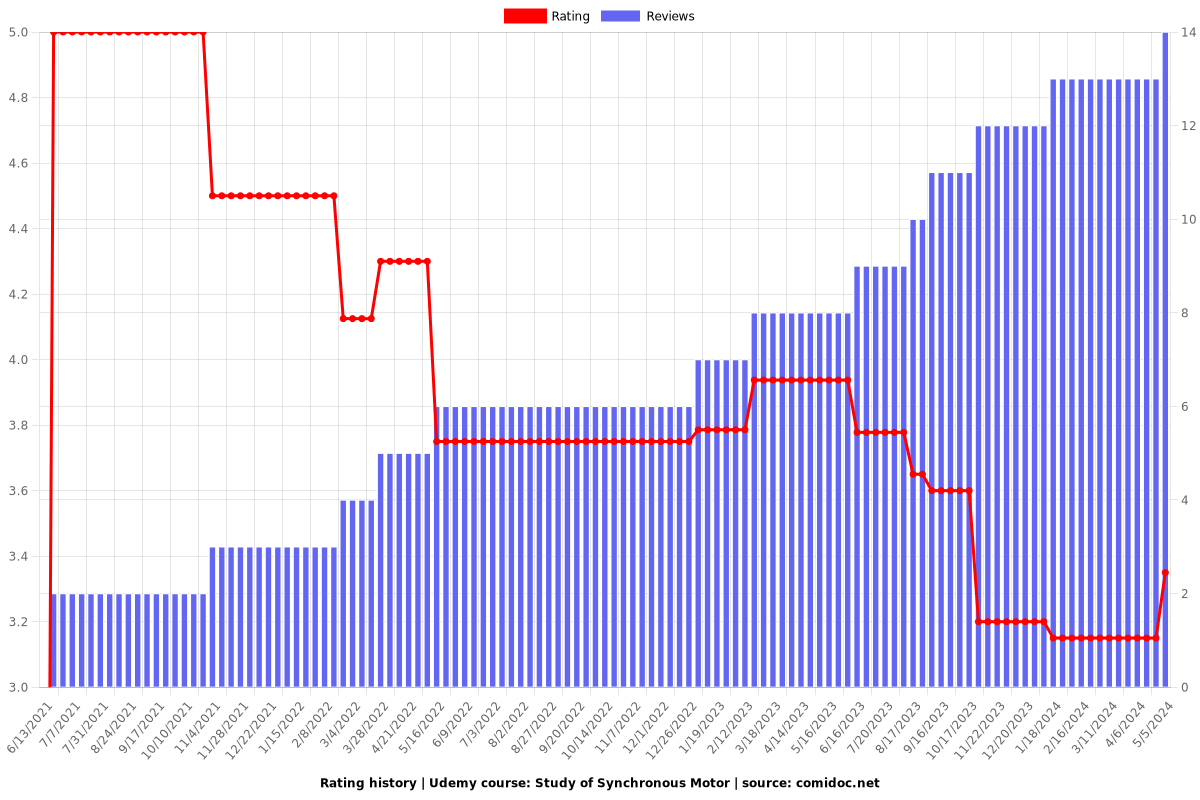
Enrollment distribution
